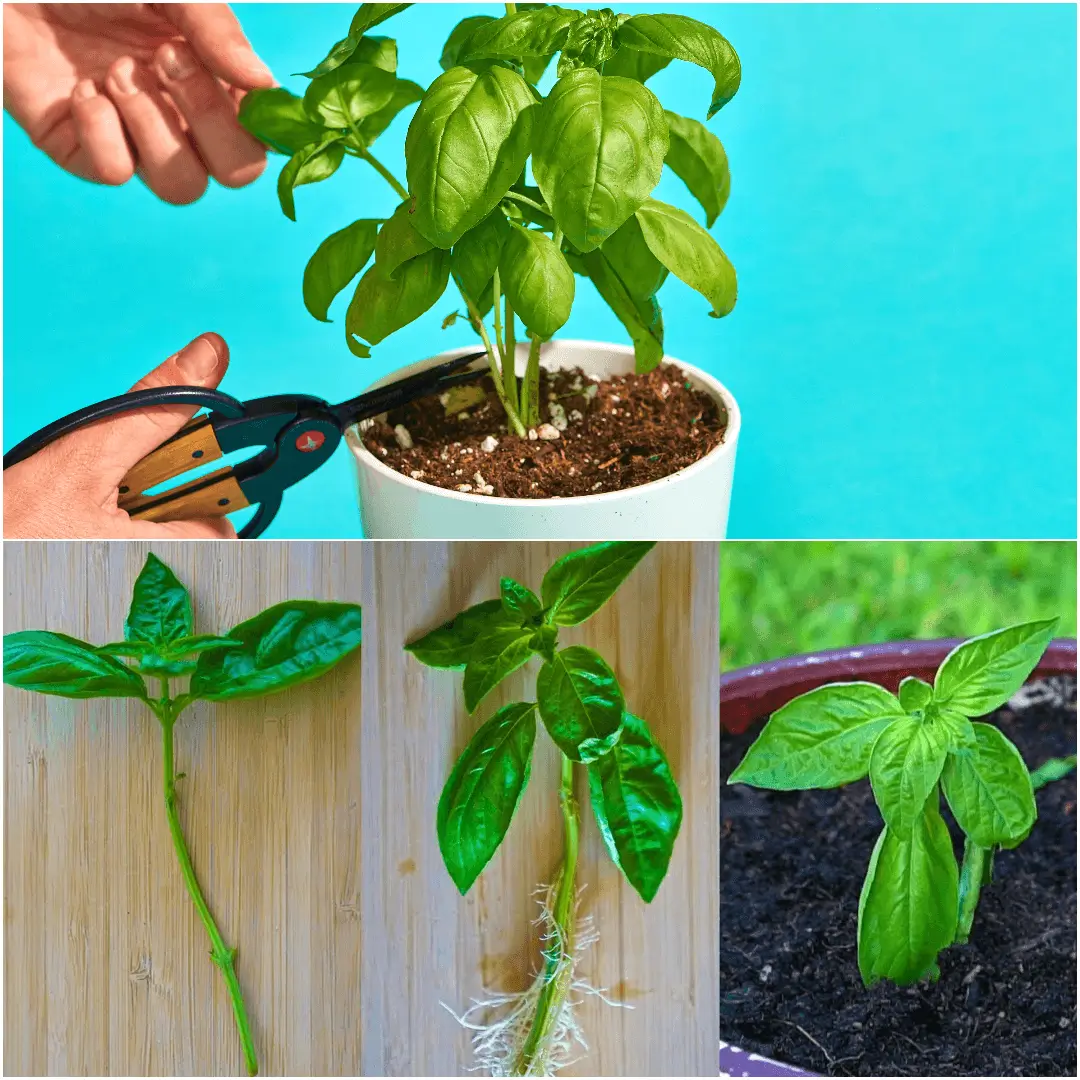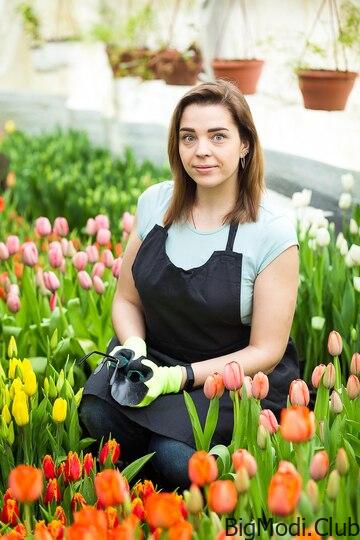Basil (Ocimum) is a popular leafy herb known for its aromatic, peppery leaves. This versatile plant can be grown from seeds indoors or purchased as potted plants, thriving in warm conditions with plenty of sunshine. Whether in containers, garden beds, or on kitchen windowsills, basil produces deliciously fragrant leaves throughout the summer. With various types, including sweet, Thai, lemon, and cinnamon basil, it adds both flavor and beauty to any space. While basil is typically treated as an annual and removed in autumn, its stunning flowers are also bee-friendly, making it a charming addition to any garden. In this guide, we’ll dive into everything you need to know about planting, growing, harvesting, and storing basil. So, let’s dig in!
Planting Basil
Location: The Sun Worshipper
Basil is a sun-loving plant. It thrives best in locations that receive 6 to 8 hours of full sun each day. Imagine it as that friend who always wants to soak up the sun on the beach! While basil can tolerate some shade, it truly flourishes under bright sunlight. If you’re growing basil indoors, a sunny kitchen windowsill is a perfect spot.
Soil Requirements: The Right Foundation
For basil to flourish, it needs the right soil. Aim for moderately fertile, moist, well-draining soil with a pH between 6.0 and 7.5. Think of it like baking a cake—if the foundation isn’t right, the entire dish falls flat. Clean soil is essential, so avoid using insecticides that might hinder your herb’s growth.
Timing: Patience Pays Off
Timing is crucial when it comes to planting basil. If you’re eager to get started, consider starting your seeds indoors 6 to 8 weeks before the last frost. This gives your basil a head start. When it’s time to transplant outdoors, make sure the soil temperature has warmed to at least 50°F (preferably around 70°F). Remember, basil is a warm-weather annual, so don’t rush it!
How to Plant Basil
Seeds: The Starting Point
If you’re sowing seeds directly into the ground, plant them no more than 1/4 inch deep. Germination usually takes 5 to 7 days—patience is key! Once your seedlings have developed 2 to 3 pairs of true leaves, they’re ready for transplanting.
Spacing: Room to Grow
When transplanting seedlings, make sure to space them 10 to 12 inches apart. This gives each basil plant enough room to grow, allowing them to reach heights of 12 to 24 inches. Imagine them as kids at a playground; they need space to run and thrive!
Mulch: The Moisture Keeper
To help your basil retain moisture and minimize weeds, apply 2 to 3 inches of mulch, like compost or ground-up leaves. This little trick not only keeps your plants happy but also saves you from constant weeding.
Growing Basil
Moisture: Keep It Hydrated
Basil loves moisture! Ensure that the soil remains consistently moist, especially during hot spells. If you live in a particularly hot area, don’t forget to use mulch around your plants—it acts like a cozy blanket, keeping the moisture locked in.
Pruning: The Secret to Bountiful Growth
Once your seedlings have produced their first six leaves, it’s time to start pruning. Trim above the second set of leaves to encourage branching. This process helps create more leaves for you to enjoy later. Just think of it as a haircut for your plants—it promotes healthy growth!
Fertilization: Less is More
Fertilizing basil doesn’t require a heavy hand. Use a 5-10-5 fertilizer sparingly throughout the season. Too much fertilizer can overwhelm your plants, much like too much sugar in a cake!
Flowering: The Early Bird Gets the Worm
To keep your basil producing leaves, pinch off the center shoot to prevent early flowering. If flowers do appear, don’t be shy about snipping them off. Remember, more leaves mean more flavor for your dishes!
Harvesting Basil
When to Harvest: Timing is Everything
You can start picking basil leaves once your plants reach 6 to 8 inches tall. This is when they’re packed with flavor and ready to enhance your culinary creations.
Optimal Time: Rise and Shine!
For the juiciest leaves, harvest basil in the early morning. This is when the plants are at their freshest, bursting with flavor and aroma.
Yield: A Bountiful Harvest
With regular picking, twelve basil plants can yield 4 to 6 cups of leaves per week. Imagine having a fresh supply of basil all summer long—your pasta sauces and salads will thank you!
How to Store Basil
Freezing: Preserve the Flavor
The best way to store basil is by freezing it. This method keeps the flavor intact. Simply package whole or chopped leaves in airtight, resealable plastic bags and pop them in the freezer. It’s like bottling summer!
Drying: A Different Approach
If you prefer drying, pinch off the leaves and place them in a shady, well-ventilated area. After about 3 to 4 days, if they’re not fully dry, you can finish the process in the oven on the lowest heat setting. Just remember to keep an eye on them!
Types of Basil
Basil comes in various flavors and colors. Here are a few popular types:
- Common or Sweet Basil (Ocimum basilicum): The classic choice for most dishes.
- Purple Basil: Adds a stunning color to your garden and dishes.
- Lemon Basil: Infuses a zesty lemon flavor.
- Thai Basil: Offers a sweet licorice flavor, perfect for Asian cuisine.
- Cinnamon Basil: Adds a hint of cinnamon to your recipes.
Pests and Diseases
Like any plant, basil can face challenges. Common pests include aphids and powdery mildew, along with various bacterial and fungal diseases. Keeping a close eye on your plants will help you catch issues early, allowing for timely interventions.
Growing basil can be a delightful journey filled with flavor and fragrance. With the right location, soil, and care, you’ll have a thriving basil plant that elevates your culinary creations. Remember to keep the soil moist, prune regularly, and enjoy the fruits (or leaves) of your labor. Whether you’re using it in pasta, salads, or homemade pesto, fresh basil is a herb that truly makes a difference. So, get your hands dirty and start growing!
FAQs
What is the trick to growing basil?
The key to growing basil is ensuring it receives plenty of sunlight, maintaining moist soil, and regularly pruning to promote bushy growth.
Does basil need sun or shade to grow?
Basil prefers full sun, ideally 6 to 8 hours each day, but can tolerate some partial shade.
How to maintain a basil plant?
Keep the soil consistently moist, use mulch to retain moisture, and prune regularly to encourage bushiness.
How to pick basil so it keeps growing?
Harvest leaves from the top of the plant, making sure to leave at least two sets of leaves on each stem to promote further growth.


